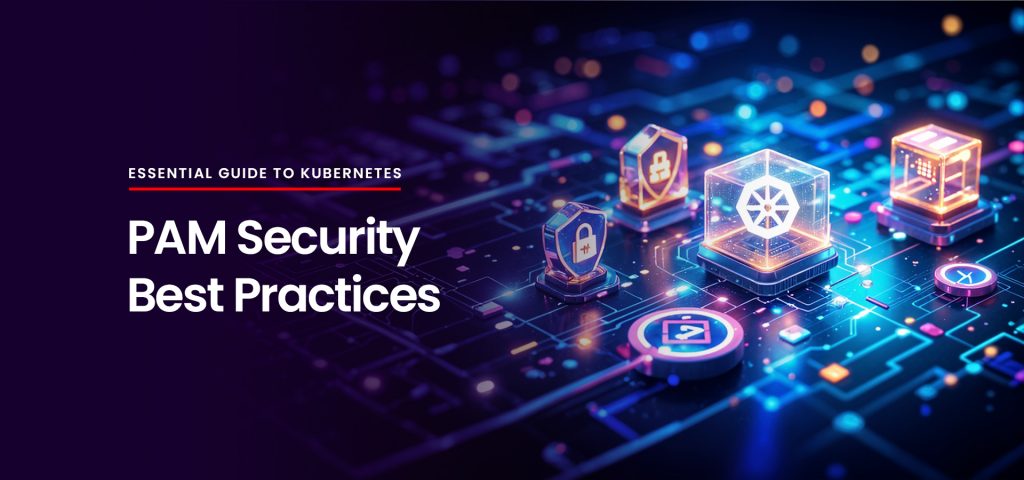With the increase in container use by companies, securing Kubernetes is now a main focus. A poorly managed or controlled cluster can cause significant security issues. For that reason, Kubernetes security must be included from the beginning of development, through deployment, and throughout its operation.
What Is Kubernetes Security?
Kubernetes security mainly focuses on guarding every aspect of the cluster. This includes:
- This part consists of the API server, etc.
- Working nodes and the containers installed in them
- Networking between services and pods
- Secrets, credentials, and stored data
If Kubernetes is not properly configured, it can create a lot of openings for attackers. A lack of strong authentication, displaying ports for public use, or allowing too many permissions may cause data to be leaked, services to stop working, or resources to be taken over.
Security Across the Kubernetes Lifecycle
Security should be kept in mind for every phase of the Kubernetes deployment process.
1. Build Phase
- Always use images from a known and trusted source.
- Look for known vulnerabilities on every container.
- Steer clear of bloated software that may be vulnerable to security issues.
2. Deploy Phase
- Use Role-Based Access Control to ensure all users have the needed access.
- Outline the rights that users have over reading or editing resources
- Store private data using Kubernetes Secrets.
3. Runtime Phase
- Watch the actions unfold as they occur.
- Watch your logs and put alerts together for anything odd, for example, seeing unknown pods.
- If suspicious processes are happening, block them automatically.
Methods for Having a Secure Kubernetes Cluster
Use code, cloud, cluster, and container to guide your security efforts.
1. Minimal and Scanned Images
Look for versions of the operating system that use less memory and do not require extra software. Always check your code for established security flaws before it goes into production.
2. Tight Access Control
Limit access based on roles. Users and services should not perform any unnecessary actions. Review permissions regularly.
3. Secrets Must Stay Secret
Store API keys, passwords, and tokens in Kubernetes using Secrets. Encrypt data that is at rest and make sure all credentials are encoded or hashed.
4. Control Pod Communication
Apply network policies to regulate and filter traffic between different pods. Limit the number of connections to lessen the risks.
Why Does This Matter More Than Ever?
Kubernetes is quick and easy to set up, but because of that, it can also be vulnerable to attacks since they can go in just as fast. Dynamic scaling, new updates, and sharing resources with other apps also make things more risky. A single mistake, like forgetting to protect the kubelet with security, makes it possible for anyone outside to get into your system.
Laws and standards now ask for good defences to protect companies. Whether it’s GDPR or SOC 2, making sure your company is secure is now something everyone looks for and expects. Failures can lead to problems with the law, losing business from customers, or shutting things down for a long time.
Final Words
Securing a Kubernetes cluster isn’t something you do just one time—you often have to keep working on it as your setup gets bigger. By paying attention to the clean way of running builds, making sure workspaces are small and easy to reach, keeping passwords safe, and setting up real-time alerts, teams can create steadier and more dependable groups of machines. A focused Kubernetes security strategy helps keep your platform, as well as your whole business, safe and protected.





